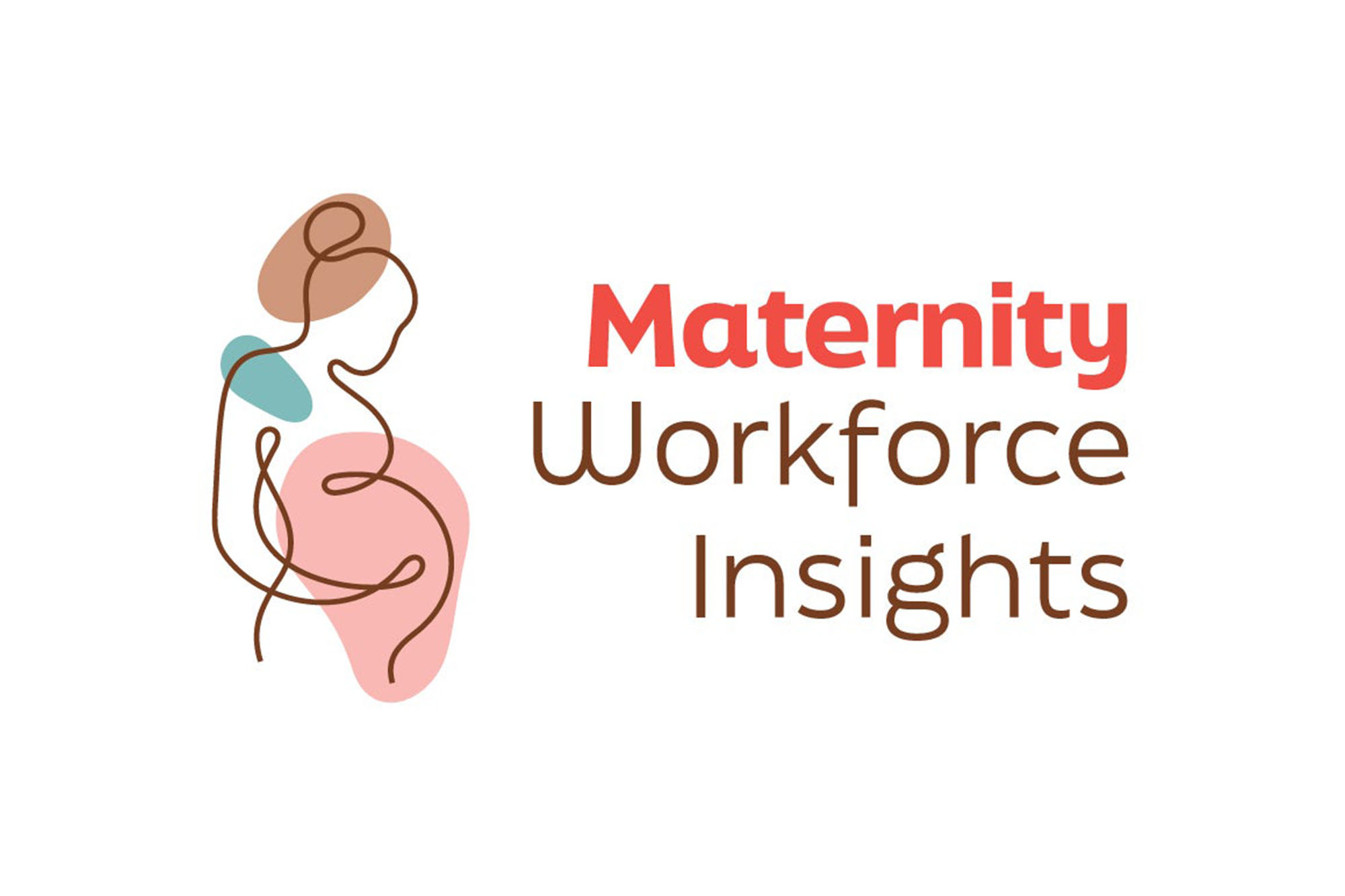
It is abundantly clear from research studies, surveys of patients, and personal stories that implicit bias and racism in the health care system contribute significantly to widely disparate outcomes, notably in maternity care for Black birthing people.* There is much less clarity, however, around how health care providers and institutions can fix something they may not even see or know how to address.
Now a powerful online training course has been launched to help perinatal providers advance health equity and reproductive justice for their patients. The course, developed in response to a new California law, teaches health care professionals that all humans are biased in some way while also offering historical context for modern-day inequities in maternal health. Providers can begin to understand how even well-meaning routine responses to patients can inadvertently cause harm and even death. Perhaps most importantly, the goal is to help providers better understand what patients of color — especially Black patients who suffer disproportionately — already know: bias and racism are embedded in the health care system.
The statistics are daunting. The US maternal mortality rate is more than double that of most other high-income countries, and it has been rising here while falling around the globe (PDF). Non-Hispanic Black women in America are approximately three times as likely to die from pregnancy-related complications as non-Hispanic White or Hispanic women. This disparity has remained more or less constant for years and is higher in some regions, such as New York City, where Black women are estimated to be up to 12 times more likely to die during pregnancy and childbirth than White women.
These variations cannot be explained away by factors such as age, income, educational level, or health insurance status. Evidence points to implicit bias and racism, not race, as key causes of disparities in maternity care and maternal outcomes for Black mothers / birthing people. For example, a Black mother / birthing person with a college education is still nearly twice as likely to die of a pregnancy-related cause as a White counterpart with a high school education.
Tools to Implement a New California Law
In response to the intolerable differential of maternal mortality rates, the California Dignity in Pregnancy and Childbirth Act (Senate Bill 464) passed without opposition in 2019. SB 464 aims to reduce pregnancy-related preventable deaths, severe illness, and associated health disparities by addressing bias in the health care system head-on. It requires hospitals that provide perinatal care, alternative birthing centers, and certain primary care clinics to offer an evidence-based implicit bias program for all of their perinatal care providers, with a refresher course required every two years. The law, which took effect in January 2020, requires the course to cover 10 specific topics (PDF), including identifying unconscious biases and misinformation, power dynamics, impact of historical oppression of minority communities, and local perspectives on provider–community relations.
This law is the first of its kind in the nation, and its potential impact is huge. One in eight US births occurs in California, and the state Medicaid program, known as Medi-Cal, pays for half of those births. But how should the law be implemented in the nation’s most populous and diverse state, where 230 hospitals deliver babies? And how should providers get started on their learning journey while also being practical about factors like time and cost? The California Health Care Foundation (CHCF), which has supported work to improve maternity care in California for more than a decade and has a grant-making portfolio focused on Black birth equity, set out to support implementation.
In preliminary “scoping,” we learned that high-quality training resources that were widely available online would be essential for engaging provider organizations. Providers emphasized that the introductory course would need to be short — around one hour total, divided into shorter increments — to have high uptake among busy clinicians. Hospitals with fewer economic resources emphasized that it was important for such training to be free or low cost.
With these guidelines in mind, CHCF invested $485,000 to develop an e-learning course that challenges perinatal providers to look within themselves and provides tools to begin reshaping how they think about delivering care. The course, entitled Dignity in Pregnancy and Childbirth, is available at no cost.
CHCF worked with Rachel Hardeman, a nationally known expert on racial disparities in health care, and Diversity Science, a training organization focused on diversity, equity, and inclusion, to develop the online course and accompanying resources. The content is based on the latest research and — especially important — was informed by the lived experiences of Black birthing people.
The training course offers practical tools for immediate change in the delivery room and in the health care system writ large by presenting annotated, real-life delivery room scenarios, as well as primers on brain science. Stories that highlight key issues regarding bias are told through composite characters, and the stories connect complex concepts like bias, stereotyping, and systemic racism to what the characters are experiencing onscreen. Interactive features help course participants test their grasp of the material. Each part of the course provides a foundation for the next:
- Part 1 (“Laying the Groundwork,” 30 minutes) focuses on Melissa, a Black mother / birthing person, her experiences during childbirth, and her preventable death 12 hours later. It shows how our perspectives are influenced by societal stereotypes and how historical oppression may influence perinatal care.
- Part 2 (“Racism, not Race,” 15 minutes), told from the perspective of a Black mother / birthing person named Aiysha, focuses on how racism in all its forms affects the care given to Black patients and shows why empathy across races is critical to providing equally high-quality care to all patients.
- Part 3 (“Taking Action,” 15 minutes) tells a story of a positive outcome for another Black mother / birthing person, Rose. It spotlights reproductive justice and patient-centered care as movements that could interrupt inequities in perinatal care.
Health care organizations that offer these training modules can access additional e-learning resources for developing more comprehensive strategies to improve care environments. These additional resources were released in April 2021.
While the course addresses all of SB 464’s requirements, Hardeman and other experts emphasize that addressing implicit bias and racism is not a “one and done” proposition that can be solved with one set of tools. Rather, the course is intended to start individual health care providers and their organizations on what likely needs to be a multiyear journey to root out systemic racism and bias in perinatal health care.
Michelle van Ryn, lead scientist and CEO for Diversity Science, hopes the training course will be seen as “a call to action — and that organizations and professionals will center Black birthing people in their effort to achieve birth equity by creating systemic change.”
Growing Interest in Mandatory Training on Implicit Bias
Some states are following California’s lead. In 2020 Maryland enacted a law (PDF) requiring training about implicit bias in perinatal care. Bills that mandate instruction similar to California’s were introduced this year in at least a half-dozen other states.
On Capitol Hill, Sen. Cory Booker (D-NJ) and Rep. Lauren Underwood (D-IL) introduced a broader version of a sweeping 2020 bill. The new version is known as the Black Maternal Health Momnibus Act of 2021. The 2021 package would study or fund issues related to maternal health disparities, prioritizing programs that require implicit bias training for health care workers and students.
While Hardeman and Diversity Science designed their online training course to help California health care providers comply with SB 464, the challenges explored in the course are typical of those found nationwide — and not just in perinatal care. “While these modules are specifically relevant to anyone who is working to support the health and well-being of mothers, they can also be informative and useful for providers of other types of care,” stated Hardeman upon release of the tools.
Meaningful Impact at Scale
Disparate maternal outcomes are the result of complex multilayered causes, and the remedies require thoughtful countermeasures. We need evidence-based clinical interventions that tackle the key drivers of maternal morbidity and mortality, like hemorrhage, preeclampsia, overuse of cesarean sections, and cardiovascular conditions. We must align payment for maternal health care with desired outcomes. We must deploy accurate, trusted data to guide quality improvement efforts and to hold providers and systems accountable.
We need public policies that support birthing people and families, such as Medi-Cal coverage for the birthing person that extends beyond 60 days postpartum, and parental leave policies that reflect the enormous life change that a new baby creates.
And it is essential that we engage and listen to patients and people in their communities.
Vitally, undergirding our ability to successfully pull every single one of these levers is the need to address implicit bias and racism in perinatal health care. It is simply impossible to achieve lasting and meaningful impact at scale without doing so.
The learning tools described here are a thoughtfully designed, evidence-based start on that path. Individuals and systems can use these tools to begin the challenging, ongoing, and very necessary work of looking inward to ensure that every birthing person — no matter their race or ethnicity — is healthy and safe when bringing new life into this world.
*We use the term “birthing people” to recognize that not all people who become pregnant and give birth identify as a woman or a mother.
This article was first published in GrantWatch on the Health Affairs Blog on July 6, 2021, and is reprinted with the permission of Health Affairs and the author. Copyright 2021, all rights reserved.
Authors & Contributors


Monique Wray
Monique Wray is an illustrator from Miami, Florida. She now lives in San Francisco and runs her creative practice, Small, which creates animated and illustrated work for various clients. Her work lives in film, print, web, and advertisement.




